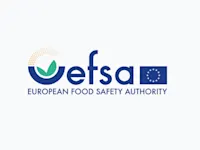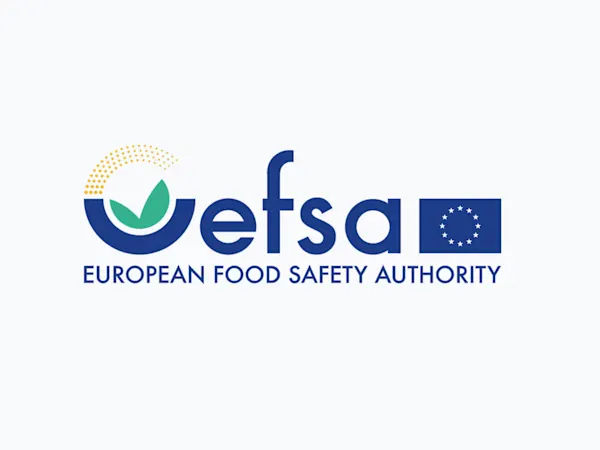
Illinois to Ban Nonbiodegradable Plastic Glitter in Personal Care Products by 2029
Illinois will prohibit nonbiodegradable plastic glitter in personal care products by 2029, impacting manufacturers, retailers, and regulators alike.


In a landmark decision aimed at safeguarding public health, the Biden-Harris Administration, through the Environmental Protection Agency (EPA), has established the first-ever national, legally enforceable standard for drinking water, targeting the pervasive and harmful per-and polyfluoroalkyl substances (PFAS), commonly known as 'forever chemicals.' This ground-breaking move is poised to protect approximately 100 million Americans from the adverse health effects of PFAS exposure, including various cancers and developmental harms to infants and children.
PFAS, notorious for their persistence in the environment and the human body, have been linked to significant health risks. The newly finalized rule by the EPA marks a pivotal step under its PFAS Strategic Roadmap to minimize PFAS exposure, thereby preventing thousands of deaths and reducing the incidence of serious illnesses. It encapsulates the Biden-Harris Administration's broader strategy to combat PFAS pollution through comprehensive governmental efforts.
Further reinforcing this commitment, the Administration has unveiled nearly $1 billion in funding through the Investing in America agenda, facilitated by the Bipartisan Infrastructure Law. This funding is dedicated to aiding state and territorial efforts in PFAS testing and treatment in public water systems, and assisting private well owners with PFAS contamination challenges. It forms a part of a larger $9 billion initiative aimed at confronting PFAS and other emergent contaminants, representing the most extensive investment to date in combating PFAS pollution.
The rule sets limits for five individual PFAS chemicals and also establishes a combined limit for mixtures of certain PFAS:
The new limits are considered achievable using various available technologies such as granular activated carbon, reverse osmosis, and ion exchange systems. Drinking water systems will have the flexibility to determine the most suitable solution for their community.
The EPA is committed to working closely with state co-regulators, supporting water systems, and local officials in implementing this rule. The EPA plans to host a series of webinars to provide information to the public, communities, and water utilities about the final PFAS drinking water regulation and has also published a toolkit to help communicate about PFAS, its risks, and the rule.
Foresight continuously tracks 1000s of sources and maps updates to your portfolio:




Illinois will prohibit nonbiodegradable plastic glitter in personal care products by 2029, impacting manufacturers, retailers, and regulators alike.

ChemSec updates the SIN List with neurotoxicants, spotlighting brain-damaging chemicals and urging EU regulators to act swiftly on these hidden threats.

EFSA launches consultation on updating its Weight of Evidence and Biological Relevance guidance, aiming to streamline chemical risk assessment practices.
Subscribe to Foresight Weekly and get the latest insights on regulatory changes affecting chemical compliance.
Free forever. Unsubscribe anytime.
Read by professionals at